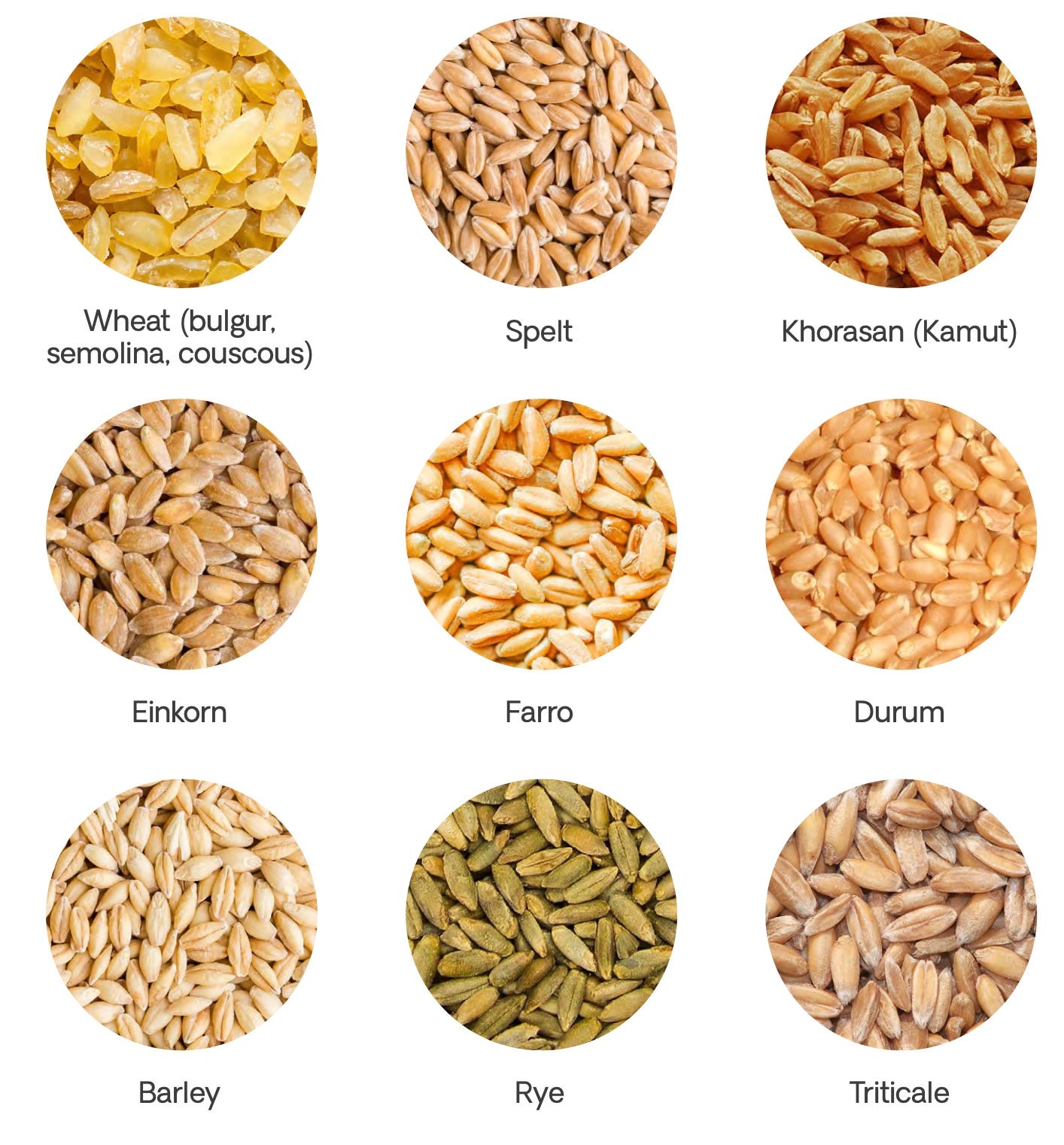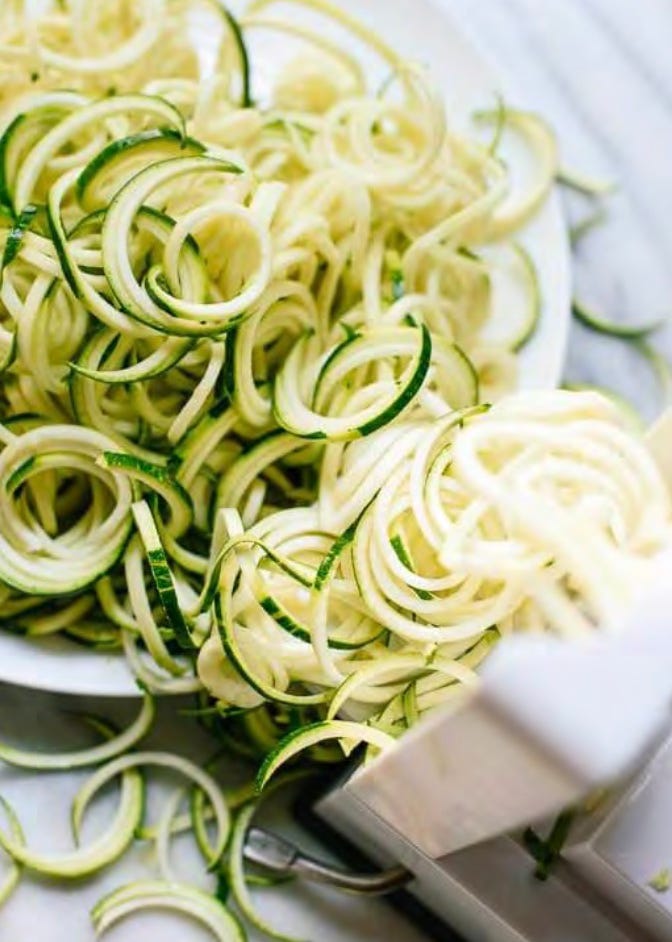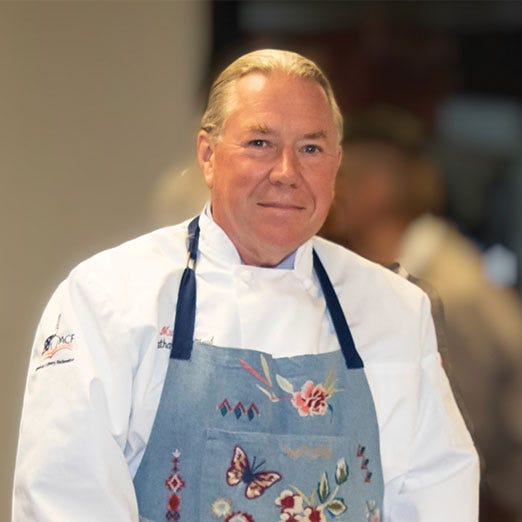 Gifts from the Sea on the Sonoma Coast
Gifts from the Sea on the Sonoma Coast
The Intentional Table
A Green Sea Anenome looking for a snack! In the culinary arts and herbal medicine worlds, sea vegetables have carved out a niche as versatile, nutrient-dense ingredients. Among the most celebrated are kombu and bladderwrack, two brown seaweed types stapled in traditional diets and remedies for centuries. 0715 @ Bodega Bay. = Heaven #IAMSOSPOILED because I live only 45 minutes from several beaches with an incredible abundance of seaweeds. I went yesterday and hand harvested about 20 pounds! The ones I love the most are Kombu, Bladderwrack, Nori, Sister Sarah, and Feather Boa. Yesterday,...
info_outline Arugula... it's a vegetable... right?
Arugula... it's a vegetable... right?
The Intentional Table
Arulgula…. it’s a vegetable! Click the Image above to hear it! Arugula Examining the Health Benefits and Nutrition of this Powerhouse Leafy Green Arugula was a valued green in ancient Rome, where it was celebrated in poetry and prose for its effects on mind and body. Unfortunately, it’s far less popular today than its cousins spinach and kale, even though arugula may be the healthiest green of all. In this article, we’ll look at the evidence for arugula’s health benefits and see if those ancient Romans were right to celebrate it. I know I shouldn’t do this because of...
info_outline Auto Immune Release Series Part 2
Auto Immune Release Series Part 2
The Intentional Table
Apple Blossoms @ Musea. Showy! Well, here it is, our second week of thoughts and inspirations about Auto-Immune conditions, how we all have a little of it going all the time, and what we can do about it. Spoiler alert: I am going to write about a plant-based diet this time. My hamburger loving self cringes. But remember that I said last time everything in moderation? Here is a good time to take a breath and remember that you do not have to go cold turkey on the turkey! Increase your intake of rainbow-colored fruits and vegetables. Consume more colorful fruits and vegetables to get as much...
info_outline Auto Immune Release Series Part 1
Auto Immune Release Series Part 1
The Intentional Table
Apricots Anyone? @ Musea What is an autoimmune disease? Why are we speaking about this, at length at the Intentional Table? Great questions! Let’s do this in reverse order. The why of this is life. We all know we are alive, as the machines that go ‘ping’ tell us when we are strapped in. But we also understand that there is way more to it than that. We are sometimes led to think that we are simply biological machines and that, like getting the oil in your car changed, you can go to the doctor if you live your life poorly, and they will ‘fix’ you. Then, out the door and on your...
info_outline Intentional Wellness from Musette
Intentional Wellness from Musette
The Intentional Table
Greetings all, How wonderful it is to speak to you through this simple platform. I wish we could all sit around the Intentional Table itself (mine or yours) and drink in the feeling of togetherness, which is the ‘why’ in the ‘what’ around here. I would like you to have a gift. It’s a preview of a book I am writing about Nutritional Wellness. It’s not a b…
info_outline I Taste, Therefore I Am...
I Taste, Therefore I Am...
The Intentional Table
At the Intentional Table, we taste. Do we ever! Every person who learns to eat, cook, or serve should also learn how to taste. Sounds easy, right? Not so fast, my dearest. Taste is an objective and a subjective thing! It’s objective because every person that is a person (despite a few unfortunate outliers) has taste buds built into the design. However, just because you have the hardware doesn't mean you have the software. If you do have the software, then you have an appreciation of fundamentals when it comes to how your organ of perception, which is your mouth, your tongue, your nose,...
info_outline Biodynamics Basics
Biodynamics Basics
The Intentional Table
Hello, my intrepid Intentional Table guests! Today, with our afternoon wine, will be the topic that is near and dear to our hearts here. Biodynamics. What is it, you may ask? Why is it important to this table, Musea, and our lives? All good questions. Read on, and if you want the DEEP DIVE EXTRA CREDIT, it’s at the bottom.⬇︎ There are two polar views of scientific reality when it comes to the consideration of the active practice of biodynamics. One is the left-brain approach, represented by the Newtonian Analytical view that has dominated science for the last two centuries. Newton...
info_outline February 4 is World Cancer Awareness Day
February 4 is World Cancer Awareness Day
The Intentional Table
Take a look at this team. They are really on it. Click the image for link. You may ask yourself, now, why would he say that? It certainly could apply to any human, anywhere. There are 340 activities around the world for Cancer Day. So, it must be happening, you know, out there somewhere. Hubris leads to nemesis. Cancer, hunger, war, disease, and crime all happen. It must happen because it’s all over the news. It’s hard to connect with anything like this while you read it on the device in your hand while it charges at Starbucks as you sip your mocha. Our children have never seen it. Our...
info_outline The Agony and The Ecstasy of the Table
The Agony and The Ecstasy of the Table
The Intentional Table
I thought I would take a few minutes to see if you would like to travel with me back in time to revisit exactly what the intentional table is and how it's considered here in our little conversation and in real life. If you asked me to cook for you, I would be delighted. That's all there is to it. I wouldn't question what our budget was, what the logistics were, or really what it was that you wanted to eat when you're with whom. All those things are in a particular way beside the point. What this means is that you're asking me to create with intention, something for you that actually serves...
info_outline Only the wounded eye can see
Only the wounded eye can see
The Intentional Table
I came up with this phrase while meditating yesterday. It was inspired by something my dear friend Andrew Johnstone told me recently. At the Intentional Table, we find ourselves circling back to an important theme with a recurring and increasing frequency: Gratitude. It's an incredibly overused, misused, and, I think, sometimes misleading term. Oxford says, “the quality of being thankful; readiness to show appreciation for and to return kindness.” In the latter part of that sentence is the key, which is ‘returning.’ There is an idea that we commonly refer to in Intentional...
info_outlineWhat is an autoimmune disease? Why are we speaking about this, at length at the Intentional Table? Great questions! Let’s do this in reverse order. The why of this is life. We all know we are alive, as the machines that go ‘ping’ tell us when we are strapped in. But we also understand that there is way more to it than that. We are sometimes led to think that we are simply biological machines and that, like getting the oil in your car changed, you can go to the doctor if you live your life poorly, and they will ‘fix’ you. Then, out the door and on your way, you could stop and get some pizza on the way home. Really? Sure! There is a pill for that (whatever that is), and a very smart technician called a doctor will find the perfect pill for you. Maybe. They are great at helping you understand your machine's problem. They then give you a plan to make that item better, maybe. Then you do that, and it gets better for a hot minute. Then, surprise, you are back for another fix. Does this sound sustainable?
We are speaking about autoimmunity here, as it’s the one major ingredient in most major illnesses in our world. In his book “Cured,” Dr. Jeff Rediger says, “While acute inflammation is a necessary and brilliant part of the healing process after you’ve been injured and your body is trying to heal itself, inflammation bumped into chronic overdrive does the opposite. Chronic inflammation can be caused by poor-quality nutrition, unrelenting emotional stress, environmental toxins, smoking, alcohol, and a variety of other causes. Left unabated or unaddressed, it creates the conditions for other diseases to blossom, especially hard-to-treat autoimmune conditions and allergies. Auto-immune, by definition, means “self-attacking”: your brilliant immune system attacking the body it is sworn to attack.”
Your body is so used to being abused for so long and in such an unrelenting way that your cells ‘forget’ that they are part of an entirely integrated system, and they misfire. From this chaos arises illness.
The ‘why’ of this Intentional Table series is that we are about wellness. In every way we can, we explore what it is and what it certainly is not. Thus, my inspiration for this series was created.
Here we go:
So, what reduces chronic inflammation? Eliminating and treating what causes it and helping restore your body to homeostasis -- things like an anti-inflammatory diet, exercise, yoga, weight loss if you’re obese, giving up bad habits like smoking and drinking, and engaging in stress reduction behaviors and lifestyle changes. We will examine a non-inflammatory lifestyle in greater and deeper detail as the weeks proceed. Weeks, you say? Yes, see below.
We want to offer an experiment to make you what Dr. Rediger calls a Superhero when it comes to wellness. We want to make this transition to an autoimmune way of life as easy as possible for you. We also want you to start feeling better as soon as possible.
This is the same way I approach everything at the Intentional Table and at Musea.
So, we've set out this guide to make two large weekly changes. If this is too much for you, could you scale it back to one big change or step each week? On the other hand, you may have already started implementing these steps and can make your way through this guide at a faster pace. The key is to go at your own pace, do what’s possible for you, and have an end goal that you can aim for to ensure you stay on track.
If you stick to the plan and the schedule outlined here, this transition should take about 14 weeks. WHAT?? That sounds like a century! How many years have you been driving your body on fumes? It is going to take a hot minute to get you well, friend. But the good news is that once you get some momentum and start feeling better, you will really want to stick with it. Especially because it’s not hard at all. So, ready?
Every week, there are two steps for you to implement. Could you make those the priority that week, but the aim is to continue with the previous week's steps? This means at the end of the 14 weeks, you will have implemented the 16 top diet and lifestyle strategies someone with an autoimmune disease should follow to live an energy-filled, pain-free, and symptomless life.
But I don’t have an autoimmune disease; you may find yourself mumbling at this moment. Well… that is great news! But you may have one working behind the scenes (I did), and you may have conditions brewing within you that may result in one. Lastly, if you are inflammation-free and all good, you will still feel better and get improved wellness as we travel together.
So, let’s dive in...
WEEK 1:
Step 1: Give up the Gluten.
Usually, I wouldn’t say I like starting any wellness plan with a mandate to give up something. However, going gluten-free is SO IMPORTANT and such a game-changer when you have an autoimmune disease that it deserves number one priority.
Due to the phenomenon of molecular mimicry, gluten is important to avoid, at least initially, if you have any autoimmune disease. Once you have your autoimmune disease under control and blood tests are reflecting this, you can introduce a bit of gluten back (of course, this does not apply to celiacs who need to continue strictly avoiding gluten!). After all, gluten-containing grains such as wheat have been shown to be associated with a more balanced microbiome. And we all know that a better gut means better health! However, be careful not to consume too much not to overwhelm your immune system.
A note on wheat products: Modern agricultural practices that are becoming increasingly pervasive increase the amount of gluten in the end product, which makes it more difficult to digest. Herbicides are also used in abundance in its production. When purchasing wheat products, make sure you buy organic and unadulterated/ancient grains. If you could score locally raised and from people you know, bingo!
So how to go about avoiding gluten?
Firstly, gluten is in many foods, so knowing what you can and can’t have can be difficult. It’s essential always to check food labels to identify gluten-containing ingredients that may not be obvious. You can be certain if a food package says “Gluten-free” or “does not contain gluten,” it means that it’s safe for you to consume. However, bear in mind that gluten-free products often contain undesirable ingredients and are highly processed. It’s best to stick with whole foods and stay away from processed substitutions. Try to use these products only in the initial stages of transition.
Grains that contain gluten and should be avoided include:
Wheat (bulgur, semolina, couscous)
Spelt
Khorasan (Kamut)
Einkorn
Farro
Durum
Barley Rye
Triticale
A note on oats: Oats themselves do not contain gluten. However, they are often processed in facilities that also process and manufacture other gluten-containing grains. Therefore, they are often cross-contaminated with gluten and should be avoided. Oats that are labeled “gluten-free” are safe to consume.
It’s so often the “hidden gluten” that is the hardest to avoid. These foods should also be avoided as they contain gluten or traces of gluten:
◎ Soy sauce and other premade sauces
◎ Sausages and processed meats (Oh No, I love sausages…)
◎ Beer and some wines
◎ Premade gravy powders
◎ Confectionary
◎ Malted products
◎ Milo
◎ Vegemite
Could you clean out any items in your pantry that contain gluten? Donating them
to others who can eat gluten can help you avoid guilt arising from food wastage. If only some in your house require gluten to be eliminated, dedicate a section of your pantry to gluten-free items. You can also avoid accidental exposure by using a separate toaster and washing cutting boards and utensils before preparing meals.
Remember to check for lesser-known gluten-containing ingredients. Some processed fruits and vegetables, such as frozen or canned products, may contain gluten as a food additive or thickening agent. If you choose canned, frozen, or dried fruits and vegetables, it’s best to check the label for gluten or wheat.
Fortunately, there are a number of gluten-free alternatives, so check your allowable foods list for those you can enjoy instead.
Grains that do not contain gluten and are safe for you to consume include:
◎ Rice
◎ Quinoa
◎ Millet
◎ Sorghum
◎ Amaranth
◎ Buckwheat (In spite of its name, buckwheat, is a grain-like seed that’s unrelated to wheat and is naturally gluten-free)
◎ Corn
When it comes to avoiding gluten, here are some ways you can swap the gluten for fresher and healthier alternatives that you can safely consume:
◎ Use a lettuce or cabbage leaf instead of a wheat wrap
◎ Use spiralized veggie noodles instead of regular pasta
◎ Use roasted potatoes or butternut squash for a gluten-free side dish
◎ Experiment with making your own gluten-free bread with grains like quinoa or buckwheat
◎ Make a pizza base out of cauliflower for your next home-made pizza night
If attending a social event, consider bringing your own gluten-free dish. Accidental exposure to gluten is common at social events. Even if a dish is gluten-free, cross-contamination during cooking or when people mix serving utensils is common. You can offer to bring a dish to share with others and ensure utensils are not used for other gluten-containing dishes.
So, there you have it for the arch-enemy, gluten. Sometimes it seems so sad that the very thing that propelled human civilization for millennia is now too much of a good thing. “All things in moderation, including moderation,” as my mother would remind me.
Thanks for reading, and BTW, Spring is ON in Sonoma. See you next week!




